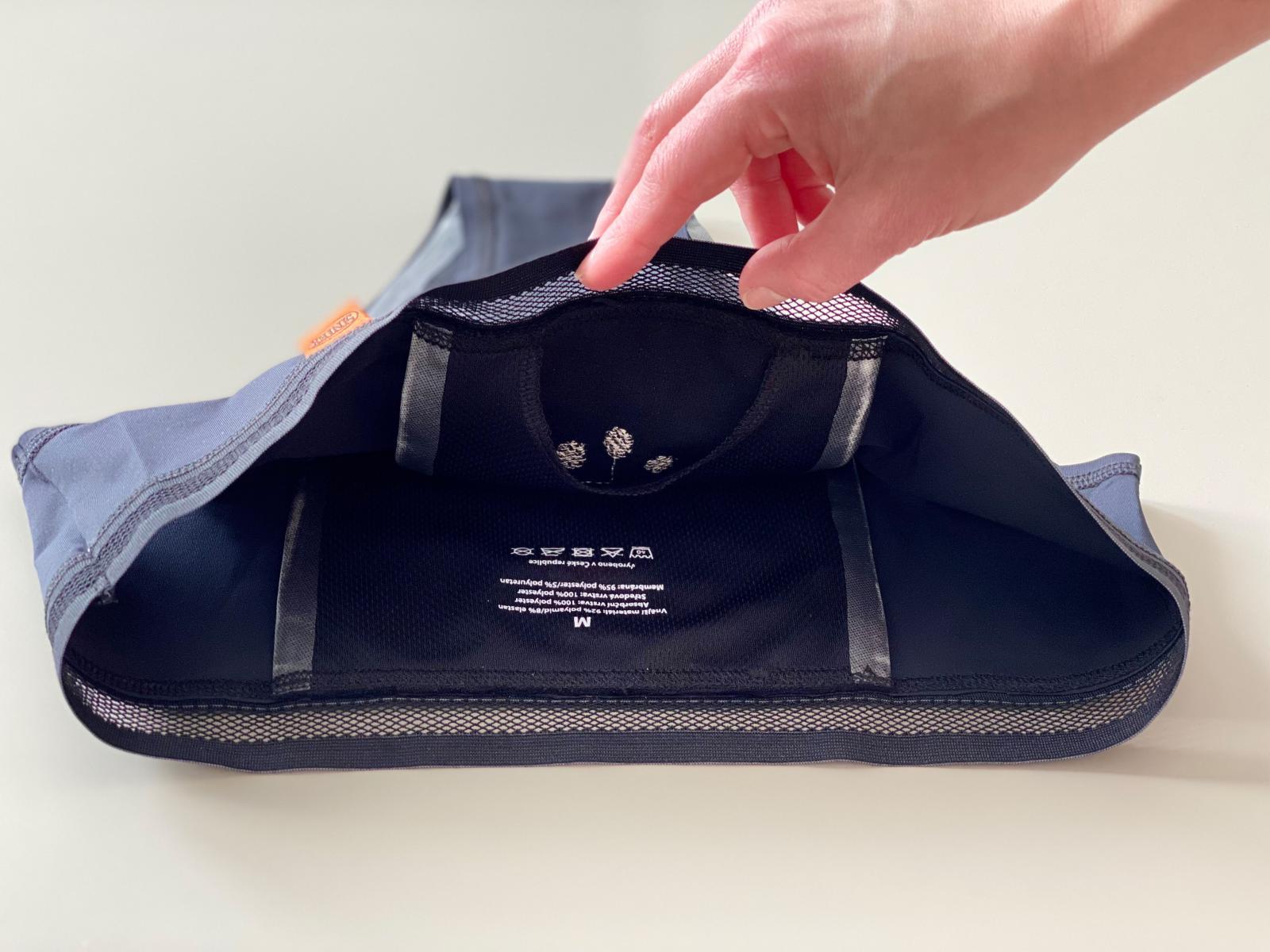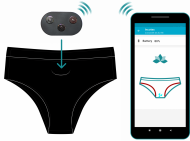Topic
Smart incontinence underwear equipped with sensors can facilitate the treatment of urine leakage

Smart underwear may look like ordinary undergarments, but it conceals several absorbent layers and a sensor connected to a mobile app. Experts from FEEC BUT, in collaboration with Sintex and Nanopharma companies, have developed smart underwear. Through continuously collected records of urine leakage, it can assist doctors in better targeting treatment. It reliably protects the wearer during low to moderate incontinence.
The underwear is designed for children, active seniors or postpartum women. Disposable incontinence nappies are uncomfortable and represent a psychological barrier for many users.
"We wanted the underwear to be comfortable, look inconspicuous like menstrual panties, and make users feel good. However, compared to menstrual panties, our underwear can hold more fluid, around 50–100 ml, which corresponds to low incontinence. We also had to adjust the design to prevent leakage at the edges – urine has a different density than blood," describes Dita Kráčalová from the textile company Sintex.
The reusable underwear is available in two variants differing in the type of absorbent layer. The first solution features a washable textile absorbent layer, while the second type utilises a removable disposable absorbent layer based on a nanofibre sandwich. Both layers can quickly absorb and lock in the fluid to prevent leakage and discomfort.

The underwear can be complemented with a moisture sensor that sends data to a mobile phone. This allows monitoring of the frequency of incontinence and the saturation of the absorbent limit of the underwear. The development of the electronics integrated into the clothing, using embroidery made of conductive threads, was overseen by researchers from FEEC BUT.
"The basis of the entire smart solution is a small and lightweight 12-gram chip. It ensures low-energy communication with the phone via Bluetooth. The entire electronics are powered by a replaceable battery with a two-month lifespan. The user can thus wash the panties or the absorbent layer without worrying about their continuous charging," explains Zbyněk Raida from the Department of Radio Electronics.
"Finding the optimal material that would withstand standard washing was not easy. Metallic fibres usually break and lose conductivity in the washing machine. In the end, we opted for a polyamide thread coated with silver ions, capable of maintaining its properties even after 50 washing cycles," adds Raida.
The culmination of the entire smart system is the mobile app that records individual instances of urine leakage throughout the day. It also warns the wearer or the caregiver of possible leaks. Stored data can then be shared with a doctor to tailor incontinence treatment.
(mar)
How to care for a greenhouse? In city park Lužánky, they are building an autonomous watering system that will take care of it for you.
We can't just keep increasing battery production without thinking about what happens to them when they run out
Millions of calculations in overheated offices as a path to green gas
Antibiotic resistance in the poultry microbiome is investigated by FEEC BUT
We couldn’t have done this anywhere else in the world, says electrical engineer and technical education enthusiast Todd Freeborn
